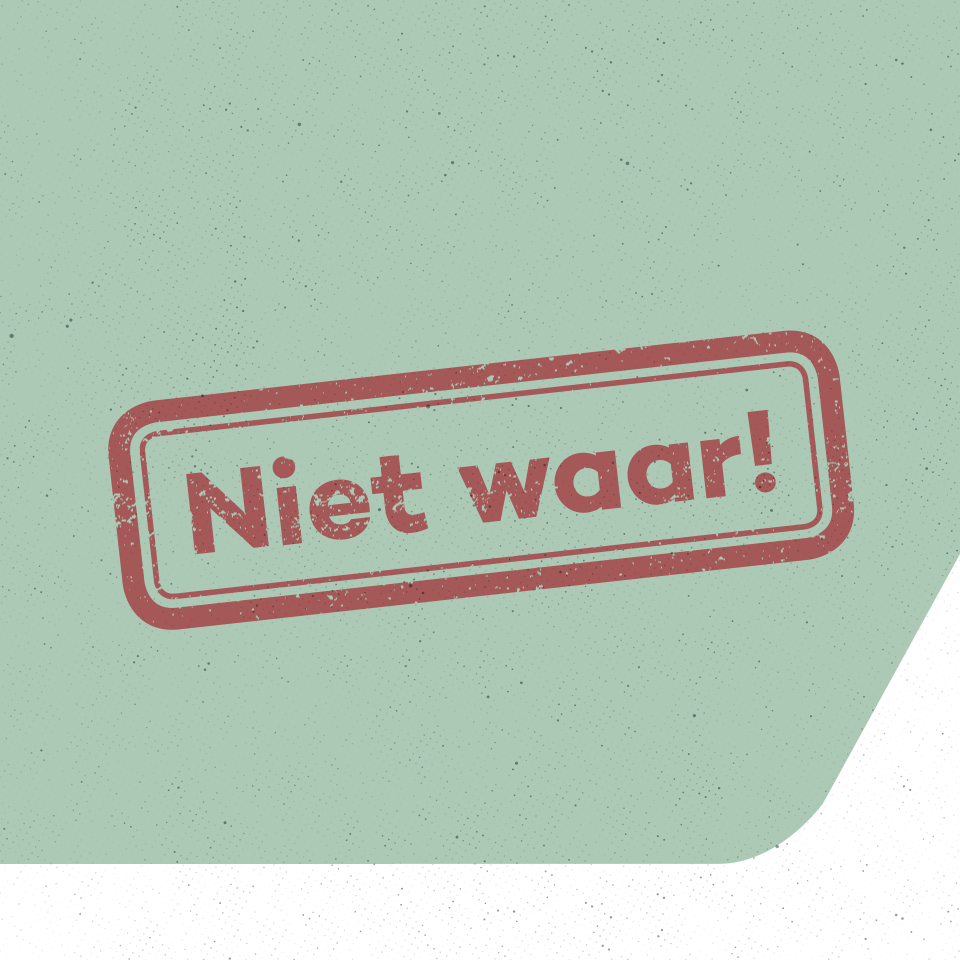Various services are offered on the Internet to shorten a website address, so-called "URL shorteners". The best known are Bitly and TinyURL. These are intended to reduce long URLs to a shorter format. Scammers also like to make use of this, because it means you cannot immediately see where a link leads to.
Fortunately there are various websites that show what is behind a shortened link. On such a website, you paste the shortened link. Confirm the entry and you will see what the actual link looks like. Now you can judge whether the link is reliable. Hover your mouse over the link without clicking. Is the domain name, the word before .be, .com, .eu, .org, ... and before the very first slash "/", really the name of the organisation? For example:
- The link www.safeonweb.be/tips is the domain safeonweb and will take you to the right website.
- At the link www.safeonweb.tips.be/safeonweb the domain is 'tips' and you will be directed to a fake website.

Just because the link is shortened, you have no idea where it will lead. So you cannot know if the link is safe!
Bron: Fraudehelpdesk.nl
